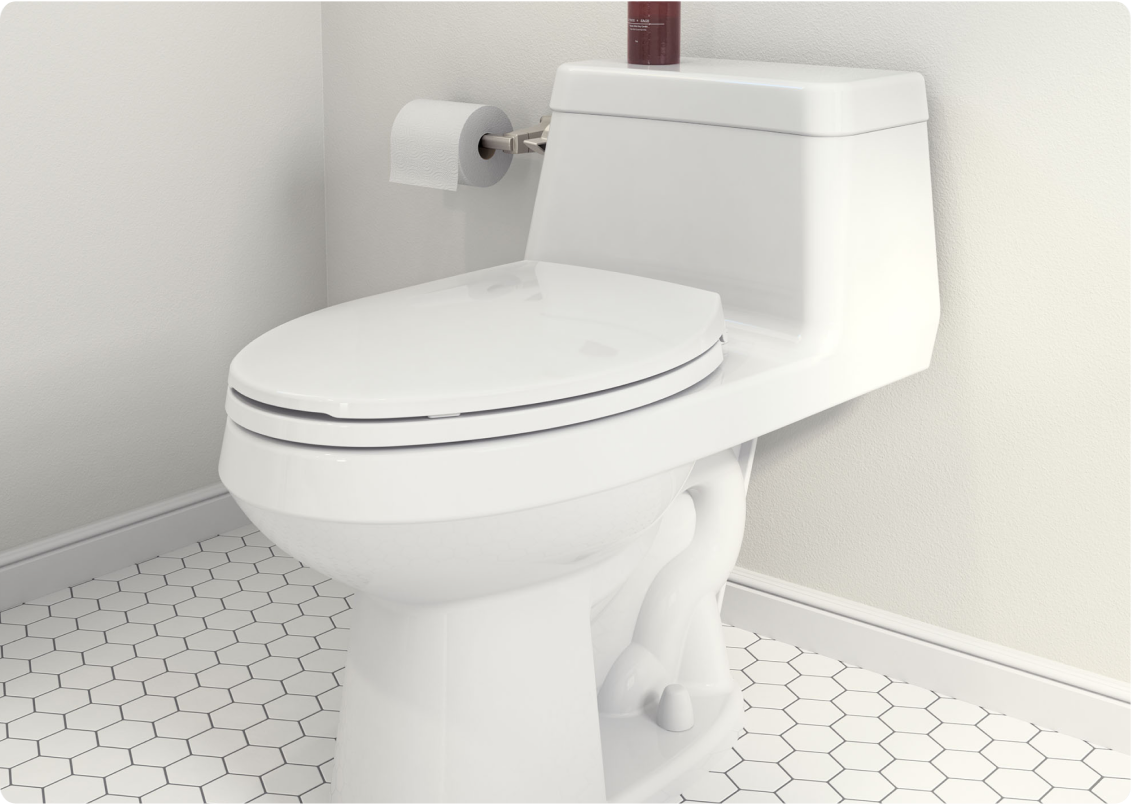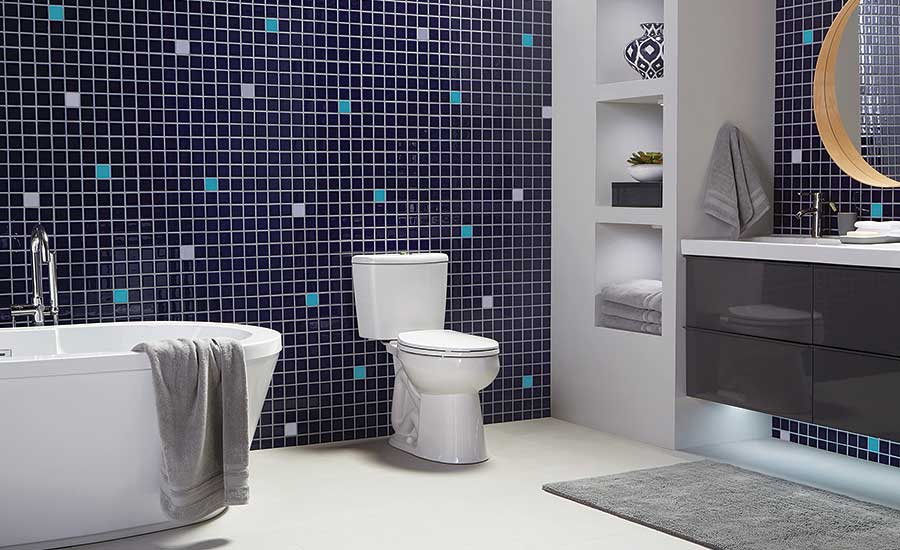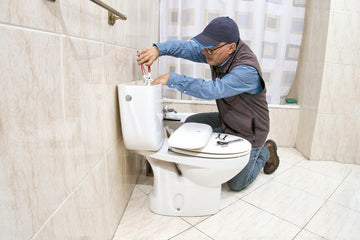In recent years, the conversation around water conservation has gained significant momentum. With increasing concerns about environmental sustainability, water-saving solutions have become a focal point in both residential and commercial settings. Among these solutions, water-saving toilets have emerged as a popular choice. But an important question arises: Are water-saving toilets hygienic? This article aims to delve into this query, examining the hygiene aspects of these toilets while also considering their efficiency.
Water-saving toilets, often equipped with advanced features, promise to reduce water usage without compromising on performance. However, there is a lingering concern about their ability to maintain adequate hygiene standards. This concern is particularly relevant for industry QA professionals who prioritize cleanliness and sanitation in their assessments.

The Mechanics of Water-Saving Toilets
To understand the hygiene implications, it's essential to first grasp how water-saving toilets function. Unlike traditional toilets, which use a standard amount of water per flush, water-saving models are designed to use significantly less. This is often achieved through dual-flush mechanisms, where users can choose between a full flush for solid waste and a reduced flush for liquid waste.
Such mechanisms are praised for their efficiency, yet they raise questions about whether the reduced water usage is sufficient to effectively clear waste and maintain cleanliness. A common misconception is that less water equates to less cleanliness, a topic discussed in the common misconceptions about dual-flush toilets article.
Hygiene Concerns and Solutions
One of the primary hygiene concerns with water-saving toilets is the potential for residual waste due to lower water volumes. This can lead to unpleasant odors and increased bacterial presence if not addressed properly. However, modern designs have incorporated features to combat these issues.
For instance, many water-saving toilets include enhanced bowl designs that optimize the flushing process. These designs ensure that even with reduced water, the bowl is thoroughly cleaned, minimizing the risk of residual waste. Additionally, manufacturers have developed special coatings that prevent waste from adhering to the surface, further enhancing cleanliness. For those interested in understanding the specific advantages of these toilets, the dual flush toilet advantages article provides detailed insights.
Addressing Industry QA Concerns
For industry QA professionals, assessing the hygiene of water-saving toilets involves a detailed examination of several factors. These include the effectiveness of the flush, the design of the bowl, and the presence of any anti-bacterial features. Additionally, the potential for water-saving toilets to harbor germs due to less frequent water flow is a valid concern.
However, studies have shown that these toilets, when maintained properly, can be as hygienic as traditional models. Regular cleaning practices, combined with the advanced features mentioned earlier, ensure that hygiene standards are met. Moreover, the environmental benefits of using less water should not be overlooked, as highlighted in the environmental benefits of dual flush toilets article.
Environmental Impact and Efficiency
Apart from hygiene, the efficiency and environmental impact of water-saving toilets are noteworthy. These models significantly reduce water consumption, which is a crucial consideration in water-scarce regions. According to the Express Sewer blog, high-efficiency toilets can save thousands of gallons of water annually per household.
This conservation effort not only benefits the environment but also translates to cost savings for users. With rising utility costs, the financial implications of reduced water usage are significant. Thus, while hygiene is a critical factor, the broader benefits of water-saving toilets should be part of the consideration for industry QA evaluations.
Conclusion: Balancing Hygiene with Sustainability
In conclusion, the question of whether water-saving toilets are hygienic can be answered affirmatively, provided that the toilets are designed and maintained with hygiene in mind. The advancements in toilet design and technology have addressed many of the initial concerns regarding cleanliness.
For industry QA professionals, it's crucial to balance the hygiene aspects with the environmental benefits that these toilets offer. By understanding the mechanics and innovations behind water-saving toilets, they can make informed assessments and recommendations.
Ultimately, water-saving toilets represent a step towards sustainable living, and their adoption can contribute to significant environmental benefits without compromising on hygiene. As we continue to prioritize sustainability, these toilets will likely become a standard feature in both residential and commercial settings.

FAQs
1. Do water-saving toilets effectively remove waste?
Yes, modern water-saving toilets are designed with advanced flushing mechanisms that effectively remove waste while using less water. They often include features such as enhanced bowl design and special coatings to ensure cleanliness.
2. Are water-saving toilets more expensive?
While the initial cost of water-saving toilets can be higher than traditional models, they offer long-term savings through reduced water bills. Additionally, many regions offer rebates and incentives for installing these toilets, further offsetting the initial cost.
3. How can I maintain the hygiene of a water-saving toilet?
Regular cleaning with appropriate cleaning agents and ensuring that the toilet is functioning properly can maintain hygiene. It's also important to address any issues such as clogs or malfunctions promptly to prevent hygiene concerns.






